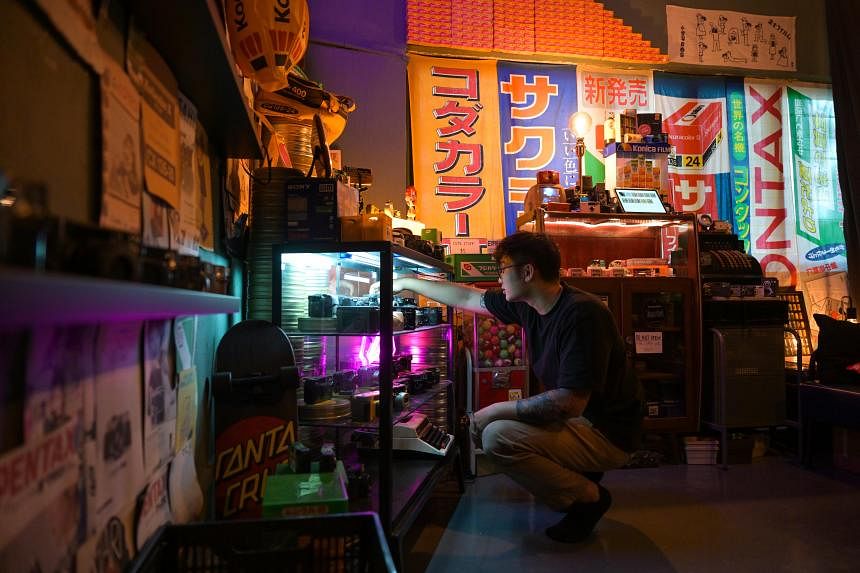SINGAPORE – Tucked away on Pearl’s Hill, a short trek from People’s Park Food Centre, is a police barracks-turned-independent arts enclave. This one-of-a-kind creative mess grew organically, bucking the trend in overplanned Singapore.
Once home to the Sikh contingent in the 1930s, 195 Pearl’s Hill Terrace (195PHT) today houses a vibrant community of creatives with 148 sub-tenants. These include a jewellery atelier which collaborates with an upcycled kimono label, a cluster of tattoo artists, Mandopop music schools and, until recently, Singapore’s only commercial taxidermy and art studio.
Regular patron Wong Zhi Ying describes it as “surprising at every turn”. The 27-year-old management consultant first visited the space in 2021, when her friend set up a somatic healing studio there.
Nowadays, she frequents the cluster monthly, visiting Paaru’s bakery and cafe, which offers unhurried food experiences in front of a miniature bamboo garden, and Asaru Studio, a Japanese experiential retail studio – recommending them heartily to friends who appreciate niche encounters.
Master tenant Jerry Tan, 63, has leased the gazetted building from the Singapore Land Authority (SLA) since 2007, lining the space with an eccentric collection of Greek, Buddhist and Snoopy sculptures while giving his sub-tenants – 95 per cent of which he says are start-ups – the space to experiment, fail and grow.
But come March 2025, the current lease with the SLA will expire. The Urban Redevelopment Authority (URA) told The Straits Times there are tentative plans to “revitalise the conserved former police barracks”, with plans to build 6,000 public and private homes in the area over the next decade. The cluster will, in all likelihood, disappear to make way for these plans.
Mr Tan is worried that the community he has painstakingly built will splinter and is holding out hope for an extension after the end of his three rounds of three-year leases. “I really hope the Government can lend some support to this cause, especially since there is no immediate use for the area.”
Ask any Singaporean to name “independent” arts spaces in Singapore, and most will draw a blank. Yet clusters like 195PHT have developed through ground-up efforts, unlike arts spaces under tenancy schemes planned and managed by the National Arts Council (NAC).
But such ground-up spaces face an uphill task of being recognised as contributors to the diversity of Singapore’s arts scene.
The Potters’ Guilt – a ceramic studio at 195PHT since 2018 which occupies three units – says Mr Tan has allowed eclectic offerings to take shape organically.
There are advantages to situating their creative start-up in a private space, say artists and founding partners Teo Huey Min and Thomas Cheong.
“Although we may not enjoy the subsidised rates that NAC’s arts housing scheme offers, we are also not bound by the stipulations their tenants are obliged to observe with the onus on individual tenants to manage their own sustainability and overheads.”
For first-time business owner and jeweller Junie Lim, 32, who works on commissioned pieces and teaches workshops at Clink Clank Clunk, the affordability of the unit and its accessible location make 195PHT the perfect “stepping stone” to growing her jewellery business.
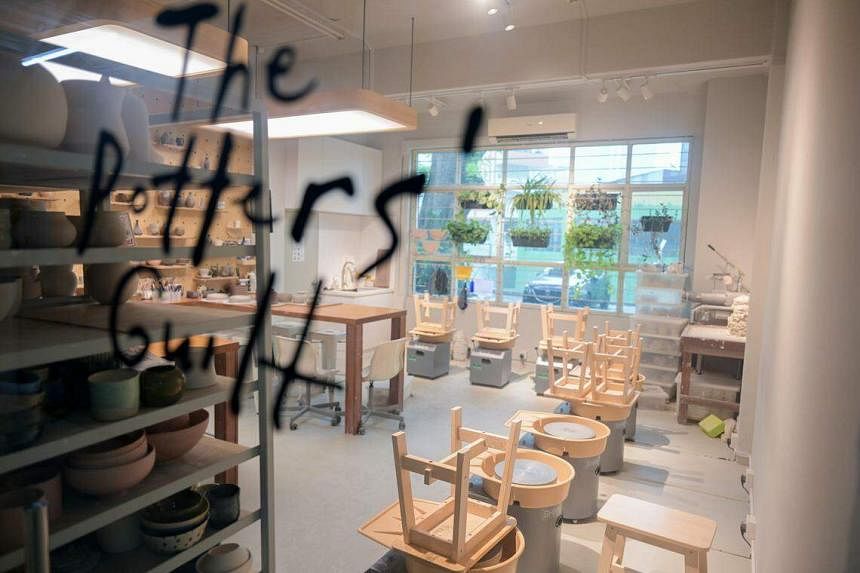
Mall rentals are prohibitively expensive and the NAC’s arts spaces tenancy do not accommodate crafting businesses or commercial arts, she notes, while her current location is ideal “for an artist to come in for a year to experiment and try out a new business”.
Mr Tan adds that the 195PHT loved by many today did not blossom overnight, but took 17 years of hard work. Understanding that artists require flexible rental arrangements to succeed, he provided alternative agreements and kept starting rental rates low, at $500 a month for an 80 sq ft unit.
This is a contrast to mall rentals, which can chain tenants to two-year rental agreements that charge up to $2,200 monthly for a unit of comparable size in the same area.
Space in tiny Singapore is a perennial bugbear for the arts scene which, according to NAC, has maxed out the gross floor area allocated to arts housing. According to a 2020 article by Dr Hoe Su Fern, assistant professor of arts and culture management at Singapore Management University, about 46,000 sq m has been allocated for arts housing.
Even veteran arts groups face precarity over their leases, as the 24-year-old Intercultural Theatre Institute (ITI) experienced. In 2020, the independent academy for Asian performing arts almost lost its home of 13 years when a rent hike meant it was effectively priced out of its campus.
The academy counts among its illustrious alumni Golden Horse Award-winning Malaysian actress Yeo Yann Yann and Grace Kalaiselvi, founder of Brown Voices, Singapore’s first collective of Indian theatre practitioners.
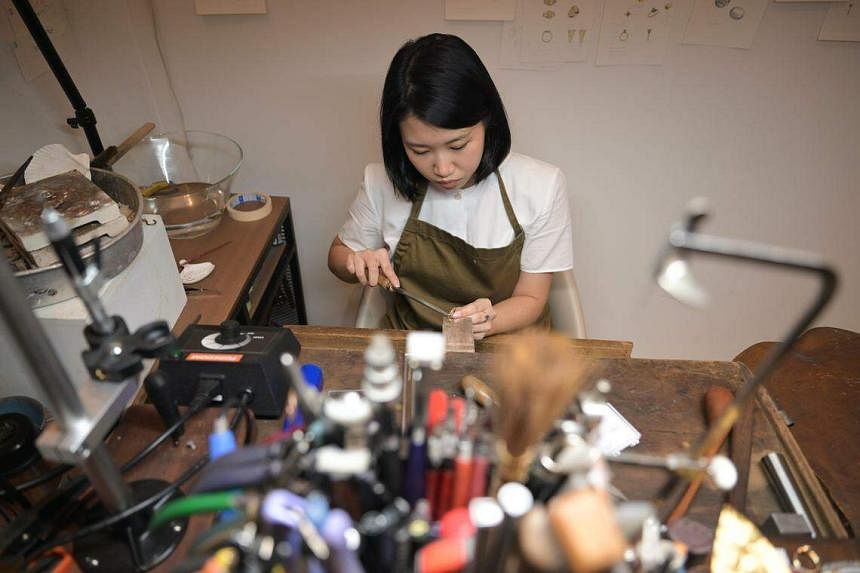
After protracted negotiations with SLA and NAC, ITI has remained at its original home and is now the master tenant of 11 Upper Wilkie Road – also known as Emily Hill. Its lease – from October 2021 – is for a period of 3+3+3 years.
The independent arts cluster was formed by now-defunct Emily Hill Enterprise – comprising glass artist Tan Sock Fong, sculptor Sun Yu-li, glass studio Solideas, art gallery Monsoonasia Gallery and ITI – with popular food and events space Kult Kafe as one of its former tenants. Under the new arrangement with SLA from 2021, 11 Upper Wilkie Road is now meant solely for arts use.
Nestled atop a hill at the nexus between creative and cultural zones in Little India, Orchard Road and Middle Road, Emily Hill saw the opening of The Private Museum (TPM) in August 2023 and has been home to artist studios since 2007.
Cultural medallion recipient Thirunalan Sasitharan, 65, co-founder and director of ITI, told ST that “nine years may seem like a long time, but it is not when you are running a three-year programme”, making the case that veteran arts groups should be able to negotiate for longer leases which help independent groups make longer-term plans.
He says: “The authorities ought to be able to make exceptions for good reasons and for rational grounds when they are dealing with people who have a good track record and who have a definite public interest cause.”
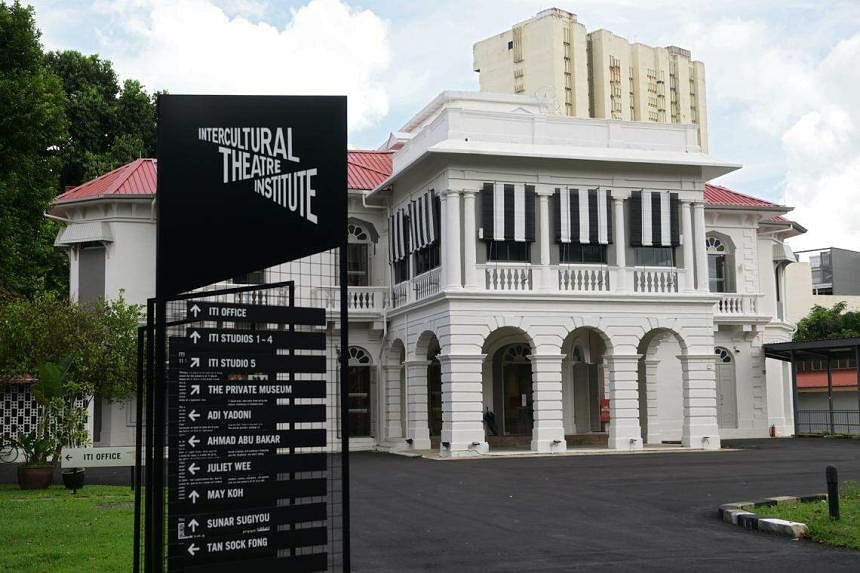
It is a point echoed by Mr Aaron Teo, associate director of TPM, a non-profit private museum that has hosted more than 50 exhibitions since its inception in 2010 and offers different perspectives from those of Singapore’s national museums.
TPM tackled the ephemerality of space and place-making in land-scarce Singapore in its final show in Waterloo Street titled 3+3+3: On Condition.
The museum moved out of 51 Waterloo Street, its home of 11 years, after its 3+3+3-year lease ended in 2021.
The Waterloo building, which also once hosted the Singapore Ballet Academy, has been vacant since 2021. NAC has not announced plans for the site, but says feasibility studies are ongoing.
Returning to a similar lease structure in the Osborne House on Emily Hill, Mr Teo says: “To receive the same 3+3+3 really gives us a lot of anxiety because we need to find a place to be rooted in – and being reviewed every three years, you might not get the plus three, you know?”
Plans for renovation or to install a lift in the two-storey villa for accessibility are harder to sell to the board of directors, as the tenancy is less certain, says Mr Teo.
But he acknowledges that a silver lining of the short 3+3+3-year lease scheme is that it “forces organisations to reinvent and innovate, given that there is an expiry date to where you should be”.
While TPM has been able to adapt and move from its approximately 1,500 sq ft unit to its own building measuring 8,200 sq ft, where it hosts twice the number of guests on opening nights, he adds a caveat: “There are a lot of spaces that have died – not everyone has the capacity or capability to be forced to relocate and reinvent.”
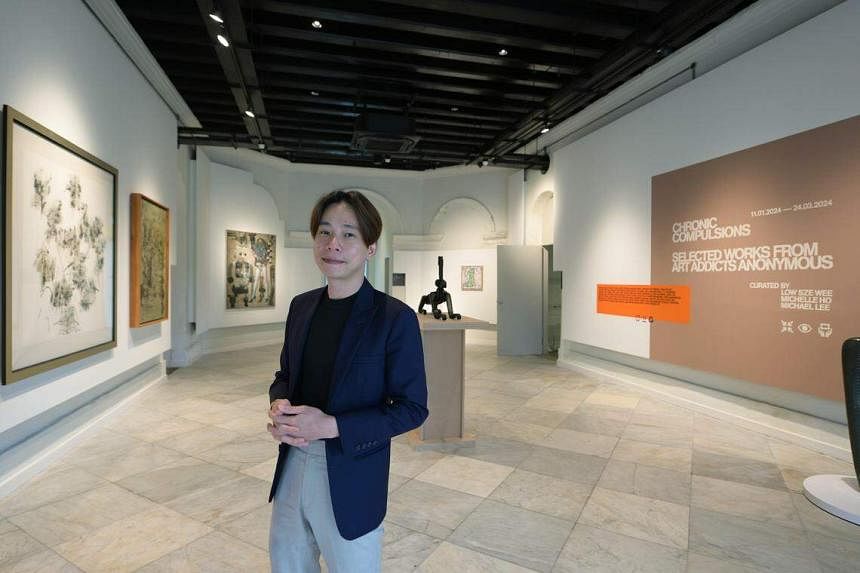
When asked if the NAC would work with SLA and URA on options beyond 3+3+3-year schemes for veteran arts groups, the NAC did not respond directly. Instead, it cited former instances of its close collaboration with the public and private sectors to “catalyse spaces for arts groups and businesses”.
Amid the fight for permanent homes, Selegie Road might best embody the space-scarce zeitgeist with its stretch of ephemeral pop-up arts spaces.
Peace Centre was given an extended lease of life by social movement PlayPan in August 2023 and has drawn a predominantly indie youth crowd hungry for an organic community. But its tenure was always meant to be short, as tenants will have to move out for the building’s demolition by Jan 31.
The Substation, too, after losing its home of 30 years in Armenian Street in 2021, had to grapple with its rootlessness and held the 2023 edition of its annual arts festival on the rooftop carpark of Parklane Shopping Mall, beside Peace Centre.
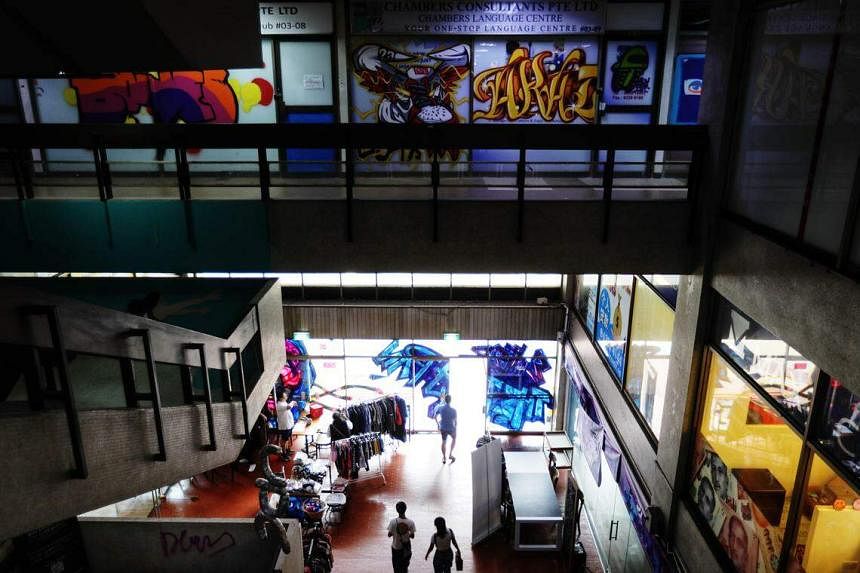
To NAC’s credit, it has facilitated introductions between arts groups and shopping mall GR.iD in Selegie Road, to temporarily activate a 16,000 sq ft space that will end in February. The mall now features ongoing shows and open studios by arts groups including Deck, Arts Management Collective and Supper House.
Supper House moved out of its Tagore Lane home in November 2023 as rent in the industrial space had increased by 25 per cent.
Multidisciplinary designer Ashley Chiam, founder of the experimental design studio which has been drawing a steady pool of creatives to its exhibitions, says rising rents and land scarcity have forced arts groups to adapt.
“Temporary short spaces allow experimental art spaces like ourselves the allowance to take a breather, to reset our art calendars. It also gives us the opportunity to get creative, think outside the box, and not be confined or held hostage by the past.”
What brings together independent clusters within 195 Pearl’s Hill Terrace, Emily Hill and Selegie Road is more than just a shared sense of ephemerality. They commit to a creative messiness in their approach with a bold, independent spirit that is a counterpoint to cultural work within official institutions and policies.
Mr Teo, citing TPM’s ongoing show Chronic Compulsions, which showcases rarely seen work from 15 private collectors, says: “The narratives that come out of the shows that we do value-add to the overarching art history or art ecology in Singapore.”
For glass artist Tan Sock Fong, 58, her studio, located on Emily Hill since 2007, gives her access to three-phase power systems she needs for glasswork. This feature cannot be found in many studio spaces under the NAC’s arts housing scheme, and is a limitation for artists trained in the medium.
A challenge for her, however, is that costs have gone up by 50 per cent since 2018 while her revenue from workshops has dipped by almost 80 per cent.
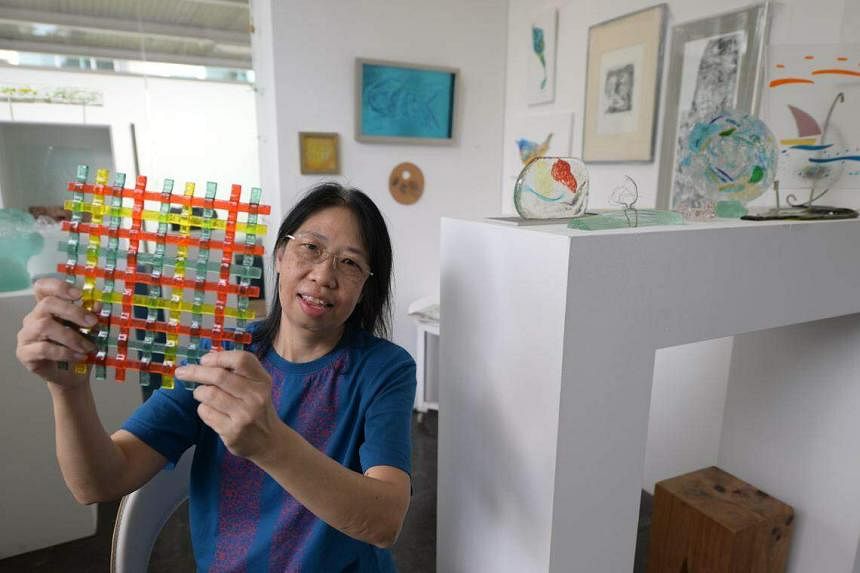
Head of acting at ITI, Koh Wan Ching, 43, says: “You learn to let the messiness become some kind of drive to make art and experiment. A lot of the work that we do here may be experimental and may not be refined, but that’s what we want as a training ground for the students – to have a space to fail.”
Sasitharan concurs: “The cultural scene is an ecosystem of living organisms – and living organisms cannot always be engineered into efficiency.”
Clink Clank Clunk’s creative director Raymond Luo, 36, uses the same ecological metaphor to describe 195PHT’s importance: “There is a hidden community here and in other areas that doesn’t fall under (the policymaker’s) arm. Like habitat conservation, you need to be careful not to disturb the areas.”
He adds: “If all the hidden enclaves or spaces are gone, then where will the naturally occurring talents be? Everything would be pre-funded and pre-vetted.”
As a veteran in the arts scene, Sasitharan believes that rather than a hands-off approach for independent spaces, the NAC needs to think more systematically about how independent arts clusters and groups figure in its long-term plans.
He asks: “Since the start of NAC, there have been six arts plans – tell me where the individual artists or independent arts organisations figure in those arts plans? They are not there.”
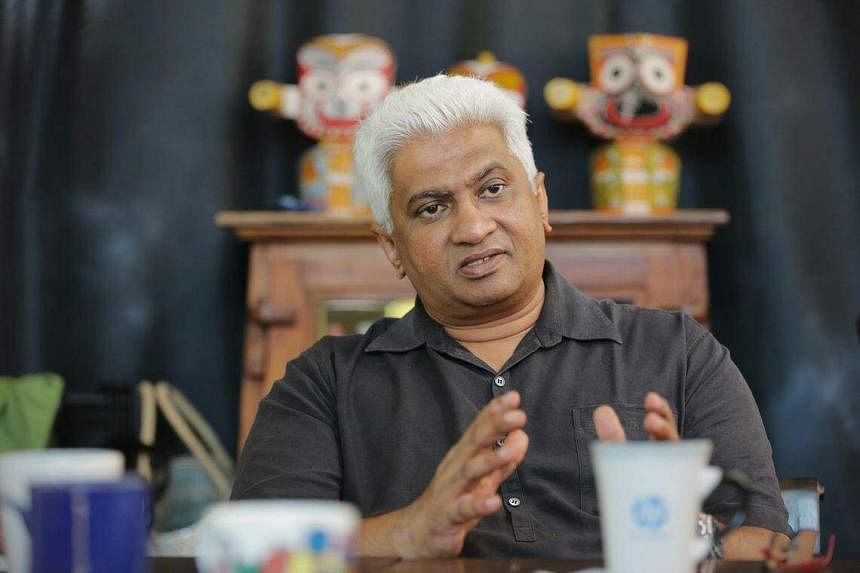
Observing that the state of independent arts has “gone backwards” over the decades, he adds: “I think we need more funding, we need more attention and we need more focus.
“If we want a scene which is diverse and plural – which really reflects ground-up community and individual artists’ interests, where freedom and autonomy are important and where diversity is cherished, particularly diversity of local arts – I think that’s where independent arts organisations are so important.”
What’s on at Singapore’s independent arts spaces this weekend:
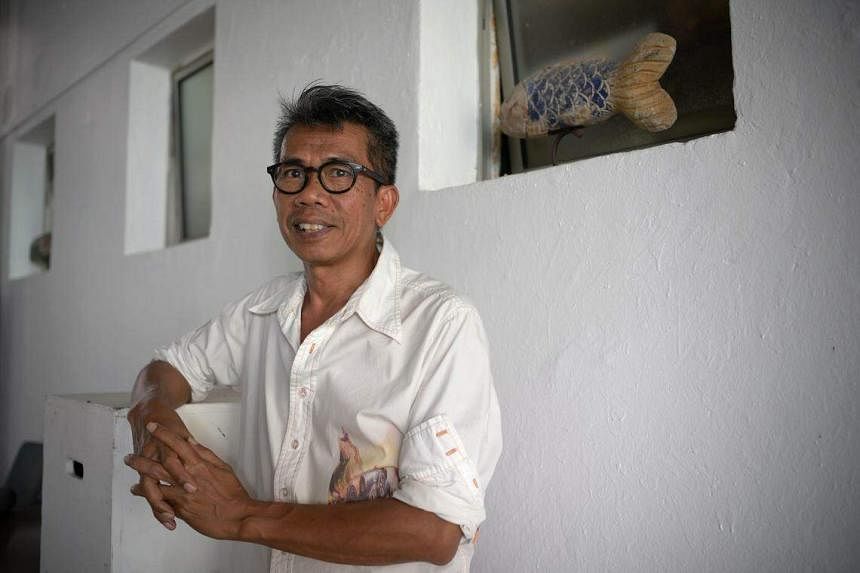
As part of Singapore Art Week, The Private Museum is organising Chronic Compulsions: Selected Works From Art Addicts Anonymous (till March 24), and the artist studios on Emily Hill are arranging an open studio exhibition (Jan 25 to 28, 1 to 9pm; individual workshops, various timings).
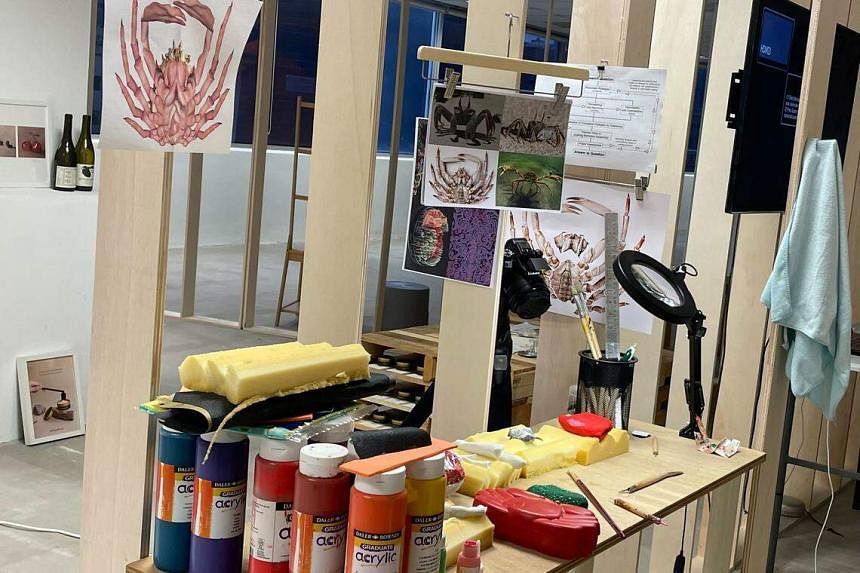
Several art exhibitions and spaces – including Supper House’s experimental show Nothing But A Day Dream – will also be at Level 7 of GR.iD, 1 Selegie Road (till Jan 29, 3 to 10pm). Artists are also showing work at Peace Centre (till Jan 28, 11am to 9pm).
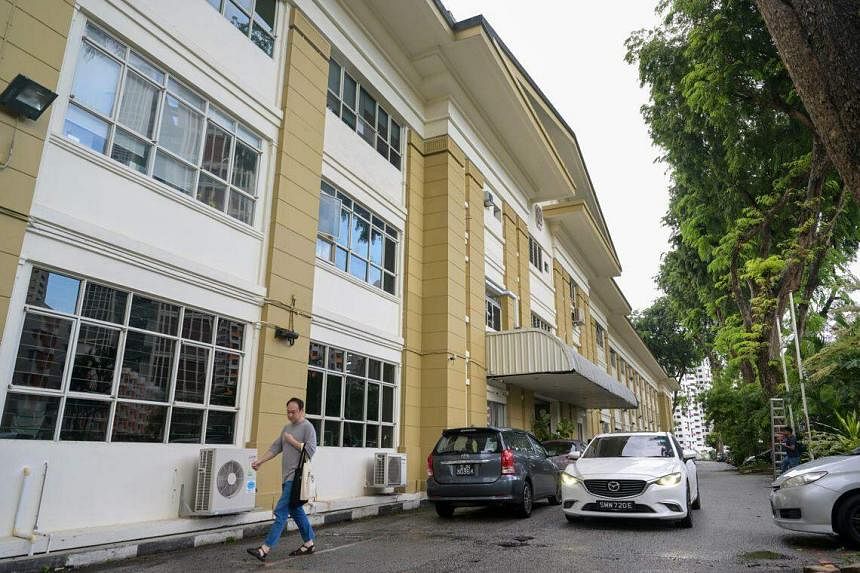
At 195 Pearl’s Hill Terrace, music venue Wild Pearl Studio is curating a community garden event at bar Kult Yard’s backyard (Jan 27, 2 to 5pm). For a listing of studios and businesses at 195 Pearl’s Hill Terrace, go to 195pearlshillterrace.com
Correction note: This story has been updated for clarity.
